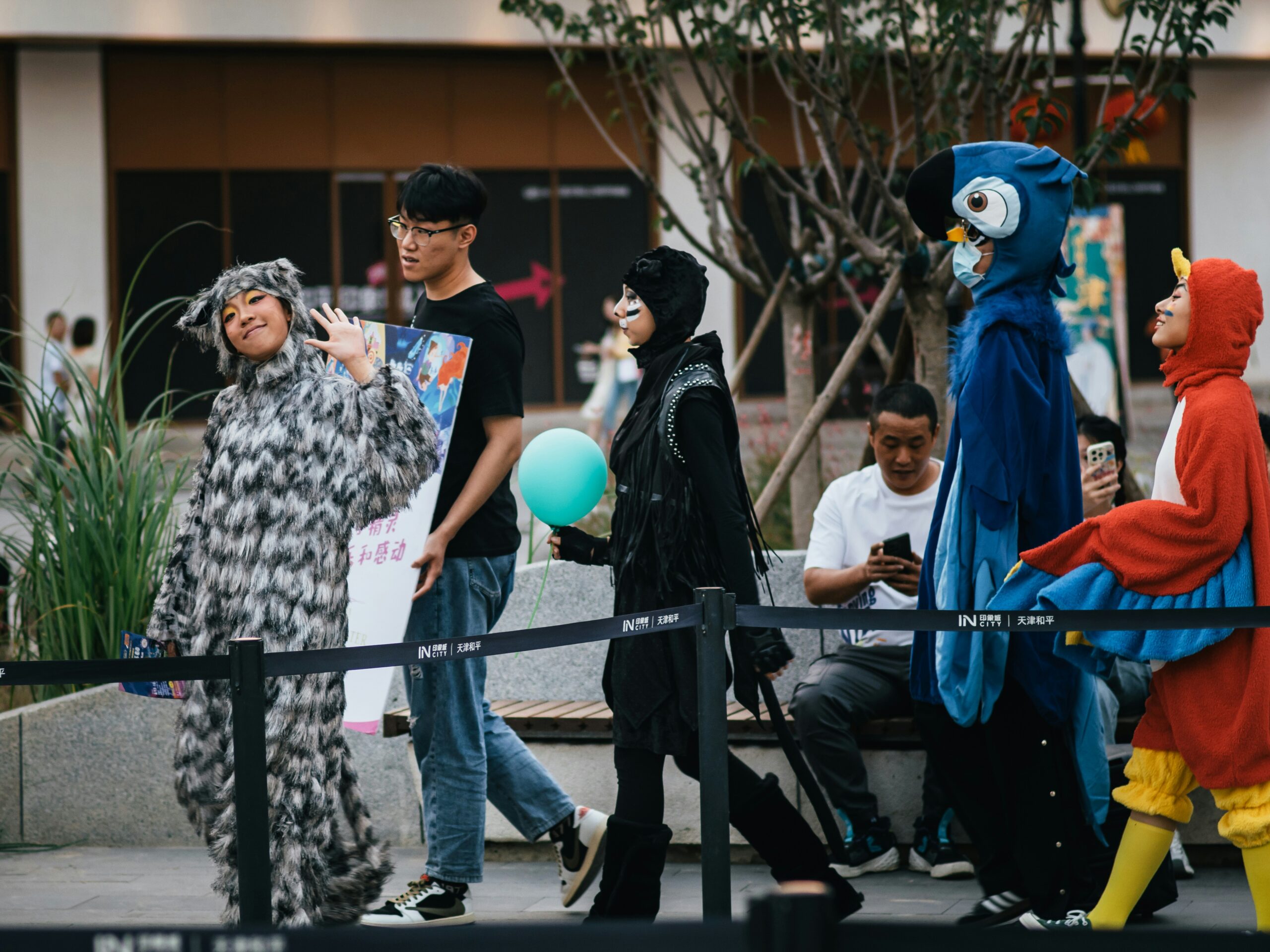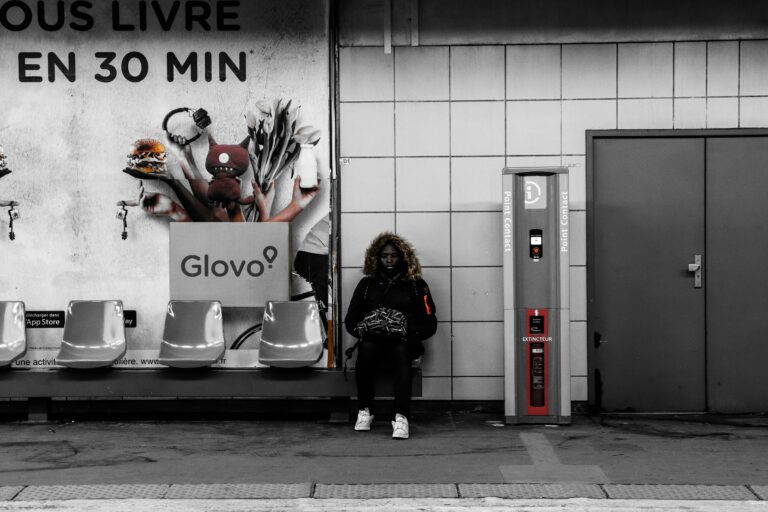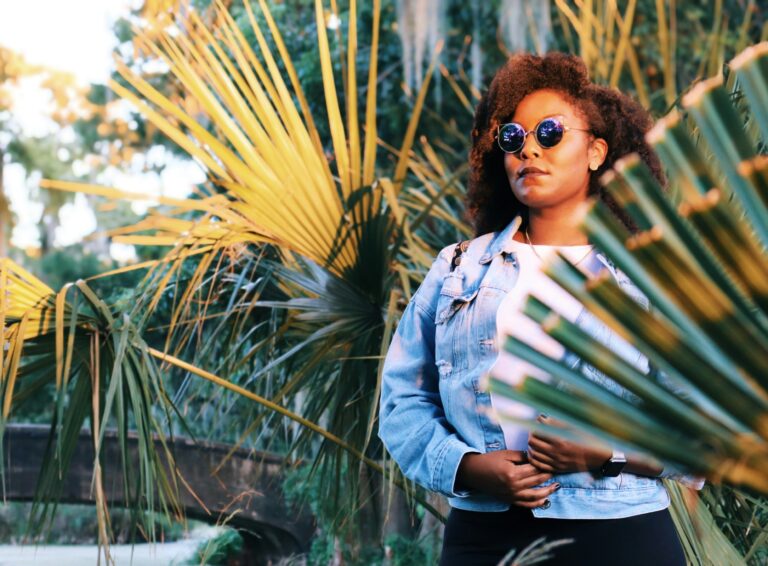Learn how to become an artistic director, creative director, or art director. Discover job requirements, career paths, and key differences in creative leadership roles.
How to Become an Artistic Director, Creative Director, or Art Director: Career Guide

Wondering how to become an artistic director, creative director, or art director? These titles often overlap, but each carries unique responsibilities within creative industries like fashion, film, theater, and design.
This guide will help you:
- Understand the difference between each creative leadership role
- Learn the education, experience, and skills needed
- Get actionable steps to grow your career as a creative art director, director artistic, or art director
Contents
What Does an Artistic Director Do?
An artistic director is the visionary leader of a creative organization—especially in the arts, fashion, or theater. They shape the brand or company’s identity, aesthetic, and long-term creative goals.
Key responsibilities:
- Define the creative philosophy of the brand or institution
- Oversee season planning, campaign direction, or event curation
- Hire and direct designers, directors, stylists, or curators
- Lead visual storytelling and high-level creative decisions
- Represent the creative voice at board or executive level
In fashion and the arts, they are often the public face and creative brain behind everything the audience sees and feels.
Artistic Director vs. Creative Director vs. Art Director
| Role | Primary Focus | Common Industries |
|---|---|---|
| Artistic Director | Cultural and aesthetic vision | Fashion, Theater, Museums |
| Creative Director | Branding and campaign strategy | Advertising, Fashion, Media |
| Art Director | Visual execution and design direction | Publishing, Film, Marketing |
A creative art director typically works under a creative director, managing the day-to-day production and ensuring visuals align with the concept. An artistic director is often closer to the soul and narrative of the project.
How to Become an Artistic Director
If your goal is to become a director artistic in fashion, theater, or media, here’s the typical path:
1. Get Formal Training
- Degree in Fine Arts, Design, Theater, Fashion, or Communications
- Some pursue a Master’s in Art Direction or Creative Direction
2. Build Deep Creative Experience
- Work in roles like designer, stylist, producer, or creative strategist
- Assist senior directors and observe their leadership and process
3. Develop a Strong Aesthetic Voice
- Build a portfolio or body of work that reflects your creative worldview
- Curate visuals, campaigns, or performances that reflect original thinking
4. Lead Projects & Teams
- Gain leadership experience by directing small campaigns or creative teams
- Show your ability to unify collaborators under a strong creative vision
5. Earn Recognition in Your Niche
- Artistic directors often gain visibility through:
- Critically acclaimed projects
- Industry awards
- Cultural relevance or viral campaigns
- Mentoring creative talent
How to Become a Creative Director
A creative director is the brand architect. Here’s how to get there:
1. Start with Design, Copy, or Marketing Roles
- Many creative directors begin as graphic designers, art directors, writers, or content strategists
2. Understand Branding & Strategy
- Take courses in brand management, storytelling, and consumer behavior
3. Master Team & Project Leadership
- As you rise, you’ll be expected to manage timelines, talent, and budgets
4. Build a Proven Portfolio
- Include award-winning campaigns, brand revamps, and measurable impact
- Demonstrate your ability to connect visuals with business outcomes
How to Become an Art Director
Art directors translate big-picture ideas into specific visual concepts.
Required Steps:
- Degree in Graphic Design, Visual Communication, or Media Arts
- Work experience in design studios, advertising, publishing, or production
- Strong grasp of software like Adobe Creative Suite
- Ability to manage photo shoots, layout design, or motion graphics
- Team leadership and collaboration skills
Art director job requirements vary by industry but always involve visual consistency, execution quality, and concept alignment.
Skills Needed for All Director-Level Creative Roles
- Visual storytelling and concept ideation
- Team leadership and communication
- Cross-functional collaboration
- Brand identity development
- Aesthetic judgment and taste
- Deadline and budget management
- Trend awareness in design, fashion, or culture
FAQs
Can I go from art director to creative or artistic director?
Yes. Many creative and artistic directors begin as art directors and grow by taking on leadership and brand ownership responsibilities.
Do I need a master’s degree?
Not always, but a Master’s in Art Direction or Creative Direction can help, especially in fashion, branding, or theater.
What industries hire artistic directors?
Fashion houses, theaters, galleries, film studios, and cultural institutions all employ artistic directors to oversee their creative identity.
What is an artistic director?
An artistic director leads the overall creative vision of a company or institution—such as a theater, dance company, or fashion house—guiding its aesthetic direction, programming, and brand expression.
How do you become an artistic director?
You typically start in a creative or performance-based role, gain leadership experience, develop a strong portfolio, and demonstrate the ability to curate and lead multidisciplinary projects.
What qualifications are needed to become an artistic director?
While degrees in theater, fine arts, or fashion design are common, many artistic directors rise through industry experience and creative leadership rather than formal education alone.
What experience helps in becoming an artistic director?
Experience in creative production, directing, curation, design leadership, or choreography helps build the skills needed for this role.
How is an artistic director different from an art director?
Artistic directors oversee vision across entire productions or brands, while art directors manage visual components such as sets, graphics, and layouts.
What industries employ artistic directors?
Fashion, performing arts, museums, ballet, opera, and cultural institutions all rely on artistic directors for creative leadership.
Is being a creative art director the same as being an artistic director?
Not exactly. A creative art director typically works in advertising, fashion, or design, while an artistic director is more common in performance-based or cultural settings.
Can a fashion designer become an artistic director?
Yes. Many creative professionals in fashion grow into artistic director roles, especially if they also guide shows, campaigns, and brand storytelling.
What soft skills are essential for artistic directors?
Vision, leadership, communication, collaboration, and cultural literacy are key to thriving in this position.
Do artistic directors manage teams?
Yes. They lead creative departments, cast members, designers, curators, or collaborators depending on the industry.
What’s the difference between a creative director and an artistic director?
Creative directors work across commercial industries (like fashion or media), focusing on brand and storytelling, while artistic directors lead programming and vision in cultural or performance spaces.
Can you move from art director to artistic director?
Yes. With expanded leadership, conceptual development, and curation skills, it’s possible to shift into artistic direction roles.
Do artistic directors participate in branding?
In fashion and contemporary arts, yes—they often shape how a brand or institution is visually and emotionally represented to the public.
What creative fields are good foundations for becoming an artistic director?
Fields like stage directing, choreography, visual arts, design, costume, and music direction all offer relevant pathways.
Is there a degree in artistic direction?
Few programs are titled “artistic direction,” but related degrees in theater arts, visual design, fine arts, or arts administration can be relevant.
What’s the career progression to artistic director?
Common roles before becoming one include choreographer, senior designer, director, curator, or creative producer.
Are there artistic director roles in the film industry?
Yes. Though less common by title, many production designers or creative producers in film function as artistic directors in practice.
Can a creative art director in fashion become an artistic director?
Yes. Fashion houses often blur the lines between these roles, especially when a designer leads campaigns, runways, and brand narrative.
How do artistic directors shape brand culture?
They establish visual language, thematic direction, and tone, often influencing audience perception and long-term positioning.
What is the artistic director’s role in a theater?
They curate the season’s performances, choose directors and scripts, and ensure alignment with the company’s mission.
What’s the difference between artistic director and creative head?
“Creative head” is often used in fashion or branding, while “artistic director” is more common in the performing or fine arts.
What are common challenges for artistic directors?
Balancing vision with budget, managing large teams, maintaining artistic integrity, and responding to cultural trends are key challenges.
Is an artistic director a leadership role?
Yes. They are typically senior executives who influence organizational strategy through creative decision-making.
What’s the future outlook for artistic director roles?
With more institutions and brands investing in storytelling and cultural relevance, the demand for visionary leaders is increasing.
Can you freelance as an artistic director?
Yes. Many artistic directors work project-to-project for festivals, fashion campaigns, performances, or branded experiences.
Are artistic directors involved in casting or hiring?
In performing arts or fashion, they often participate in selecting models, dancers, designers, or directors who align with their vision.
What tools or platforms do artistic directors use?
They often use creative software, presentation tools, production planning systems, and mood board platforms to communicate their vision.
Is artistic direction suitable for introverts?
Yes, if they can lead with clear creative vision. Many artistic directors focus more on ideas and less on public-facing roles.
Can you study artistic direction abroad?
Yes. Programs in Paris, London, Milan, and New York offer intensive courses and degrees in areas like fashion or theatrical direction.
Are there mentorships or apprenticeships for aspiring artistic directors?
Yes. Interning with theater companies, fashion houses, or art collectives can provide valuable real-world exposure.
Conclusion
Becoming a creative art director, artistic director, or creative director is a long-term journey that blends aesthetic vision, leadership, and cultural fluency. Whether you’re just starting out or aiming for the top, focus on creative depth, strong collaboration, and a bold point of view.
The more you shape the narrative—not just the visuals—the closer you are to directing the future of creative culture.

Shikha Singh
Keep in touch with our news & offers
Subscribe to Our Newsletter
Thank you for subscribing to the newsletter.
Oops. Something went wrong. Please try again later.






